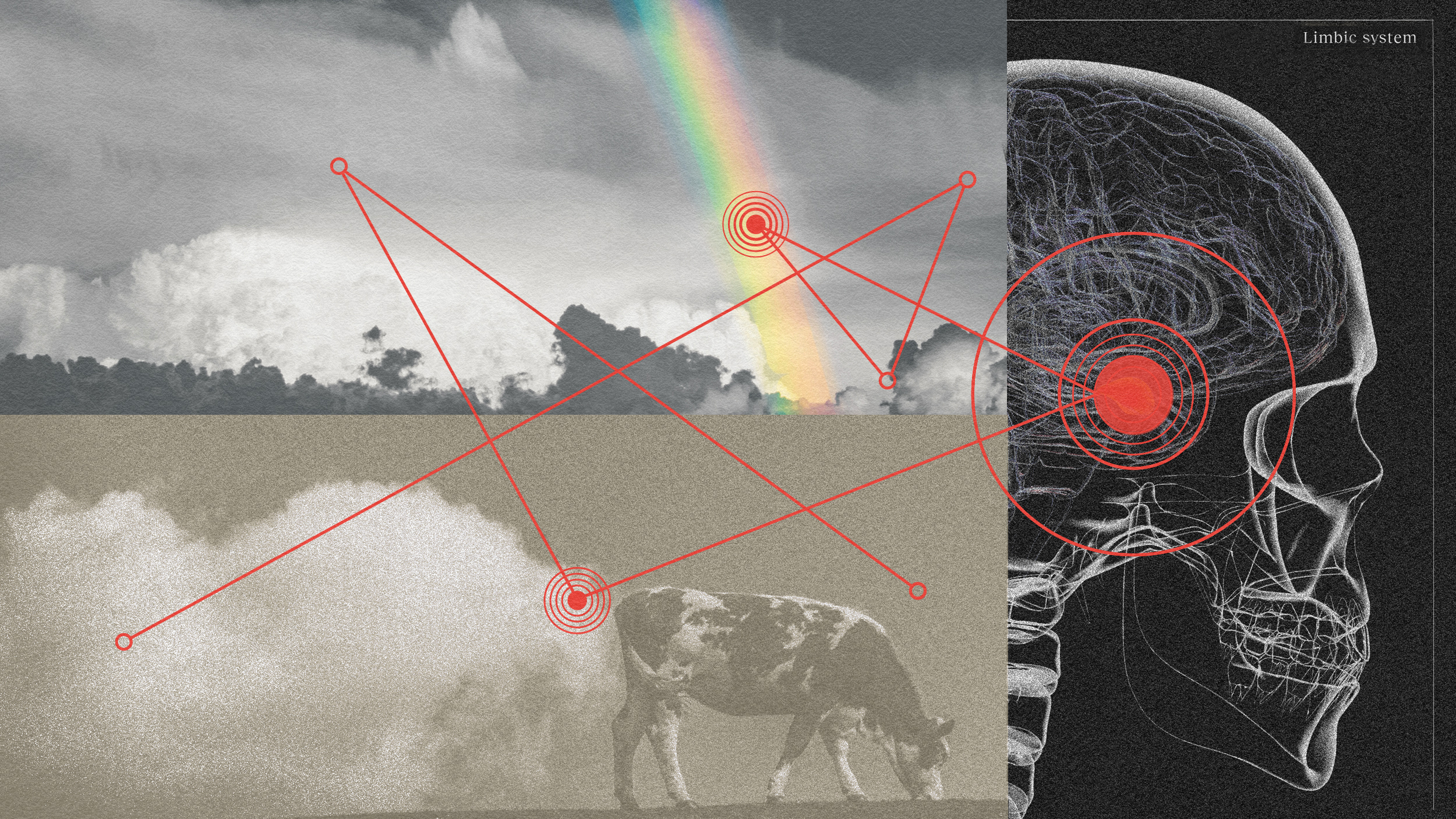We’ve got good examples in animal models and from humans that protection is possible, says Berkley. The challenge now is to get robust protection in people in a way that can be used throughout the world.
Seth Berkley: If one could design a virus to be complicated and dangerous and tough, this would be it and then some. It’s an amazing virus in that sense. It’s a virus that came originally from chimpanzees so we’re not the original hosts of it. It is sexually transmitted. You don’t get sick for a very long time. Some small percentage of people get some symptoms initially but people get infected and they remain looking healthy even though they can be infectious over a long period, seven to ten years. The virus itself is constantly mutating and changing so therefore, the targets change in terms of being able to develop an immune response against it. It cloaks itself in sugar as it coats it, which also protects it from the immune system, and it has bits of the virus that do stick out, are kind of almost decoys because they stick out, you can get an immune response to those, but it doesn’t kill the virus. There’s all of these different things but perhaps the most important is that when the virus gets in a person, very rapidly the virus integrates into the person’s chromosome and that means it’s with them for the rest of their lives. Initially it was thought that maybe you could treat people aggressively when the new drugs came out and get rid of the virus. But what we think is that the virus probably is sitting around for 60, 70 years. That’s how long it would take to eradicate all the virus that existed. So the combination of all of those makes it extremely difficult. One last point is that for most of the vaccines we have, the way we’ve figured them out is that we’ve had people who were infected, and then go on after they’re infected to develop immunity. Some people may die from the illness but those that don’t have a strong immune system. As far as we know, there’s no person who’s been infected and then developed immunity. So what we in essence have to do is do a little bit better than Mother Nature. We have to be able to prepare the immune system so that it is able to fight off HIV even though that doesn’t happen to natural infection.
Question: How close are we to a vaccine?
Seth Berkley: It’s been an enormous amount of understanding and knowledge that’s been gained, so we know more about HIV probably than any other microorganism in history. It’s an extraordinary thing that’s happened. That’s why we have all these drugs, because we began to understand all the different aspects of it. What’s also happened is we’ve learned that people make the right type of antibodies, the right type of molecules that can protect an immune system. We don’t know why they do but those have been isolated. You can put them in a monkey and they’ll protect the monkey. So one of the searches that’s going on now is how would you produce these rice type of antibodies in people and that’s an active search that my organization and others are doing. We also know that if you look at the simian, which is monkey HIV, that we can protect against that with a vaccine. So we’ve got a vaccine that works there. That particular vaccine would be something that you wouldn’t want to use in people because you’d worry about the safety of it. It’s a weakened live vaccine and you wouldn’t want to give that because it might revert to being wild type but it does provide protection in that setting. So we’ve got good examples in animal models and from humans that protection is possible. The challenge now is to get robust protection in people in a way that can be used throughout the world.





